
Greetings, all. Ambush Bug here. Across the pond last week was the UK’s Film 4 FrightFest and my friend Dr Karen Oughton was there checking out as many films as she could (and you’ll realize that’s a lot when you read her reviews). So check out what Doc Karen has to share. I’m dying to see some of these films myself!
On with the horror reviews!
(Click title to go directly to the feature)
CHEAP THRILLS (2013)
THE GRIEF TOURIST (2013)
THE DESERT (2013)
NO ONE LIVES (2013)
PAINLESS (2013)
HANSEL & GRETEL: THE 420 WITCH (2013)
CURSE OF CHUCKY (2013)
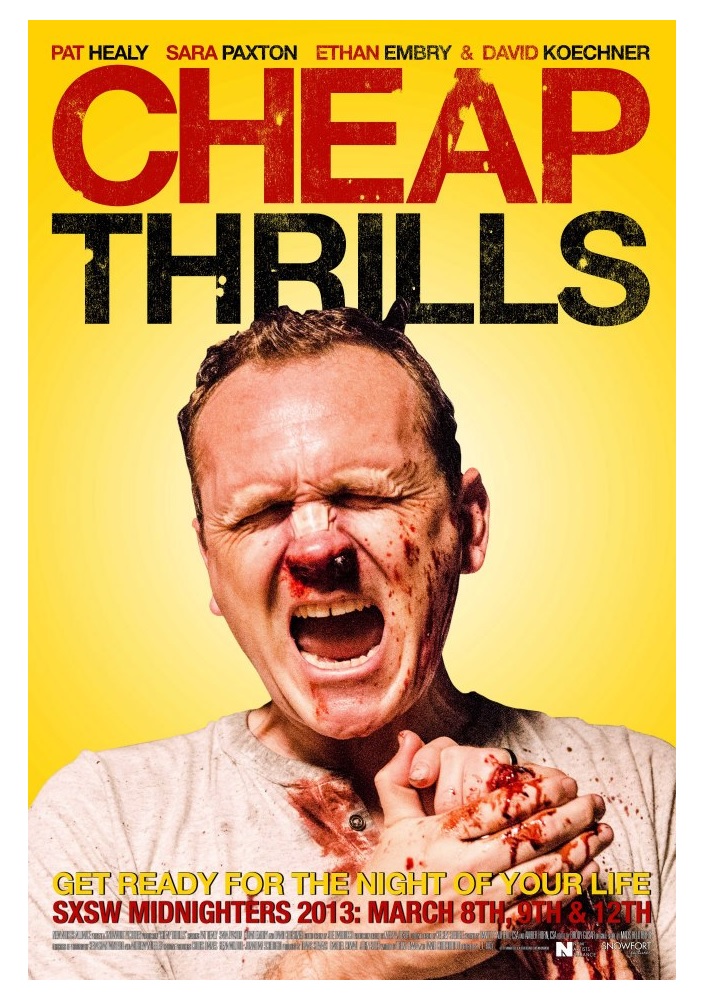
CHEAP THRILLS (2013)
Reviewed by Dr Karen Oughton (Twitter @DrKarenOughton)Craig has just lost his job. He is scrawny, twitchy, has thick-rimmed glasses, a repossession notice stuck on his front door and a gorgeous wife and baby to look after. CHEAP THRILLS follows him as his shit hits the fan as he and an old buddy are dragged into a game of dares for dollars that finger the fellas for the boys they once were. Despite the fact that CHEAP THRILLS reunites THE INNKEEPERS’ cute twosome Sara Paxton and Pat Healy, you are going to need your sickest sense of humor to really get off on this one, guys.
Healy is Craig. Director E. L. Katz actually plays a neat little trick on us in the first instance with a scene in which the geek did indeed inherit the earth and we see Craig with his loving family in his nice, comfortable home. He’s relaxed with a style of easy movement that stops the second he ventures outside his house and away from the gaze from his sweetly-adoring wife. His body language in particular is so good as to render his geektastic costume a little redundant as it telegraphs the film’s twists and turns too early, but owing to the rest of the ensemble the film manages to stay largely 3D in its execution. This is despite Ethan Embry being slightly underwhelming as Craig’s long-time friend, Vince. There is a lot of ‘buddy’ stuff here and the actors carry it off reasonably well, but it always feels a little stilted owing to the straight-forward way Vince is played.
The main source of intrigue is the central couple, Colin and Violet, strangers who invite the boys along for Violet’s birthday party. Violet is none other than THE INNKEEPERS’ Sara Paxton and she is utterly unrecognisable (and drop-dead gorgeous) in this role. Her bored sex kitten adds a nice bit of friction and she has the sadistic grin down to a tee, although her more emotional scenes do feel a little wooden. It’s impossible to know whether this is a fault with the directing or the actress herself as it goes beyond questioning the character’s sincerity to breaking the illusion of the story at points.
The best player by far is David Koechner as Colin. Slightly portly in evidence of good living and with a lively little pork-pie hat, he comes across as the bastard offspring of The Monkees’ Mickey Dolenz and the traditional trickster figure. He’s the guy who would throw that one absolutely mental party you’d need to attend but where you’d be constantly terrified of ending up as the entertainment for the evening. He is genuinely unnerving because it becomes impossible to know what his character is planning as he’s playful and friendly one second, the next a mad-for-it, sick son of a bitch who knows exactly what the fuck he’s doing.
In many ways, and this is the film’s main weakness, it plays out according to type. While it is true that the acting gives CHEAP THRILLS a level of frisson, the increasingly frenetic camera edits towards the end carry their punches a little too much and become so predictable that while you are intrigued by the action, it becomes hard to care about the characters. This is somewhat saved by game change from one of the ensemble which enables the finale to be less problematic than it could have been. It is torture porn with a difference. With knowing winks to a number of classics that are rather well executed, it gets away with murder with its naughty sense of humor and the sound design is particularly effective in cutting out at just the right second to reinforce key lines that are sickly funny precisely because they represent rare moments of sanity. There’s also a scene in which the sound functions like the infamous theme tune in A SERBIAN FILM, but with the difference that while you don’t actually see anything, you feel as though you’ve just watched the sleaziest show in town. It’s a neat trick to play on voyeurs looking for tissues and wondering why.
CHEAP THRILLS is an interesting film that’s certainly got its fair share of shits and giggles. There are sections when it manages deeper emotional resonance, but it often plays best when considered simply like laughing at your buddy’s really bad trip. Some stranger offers you fifty bucks to down $300 tequila in a bar? Don’t.
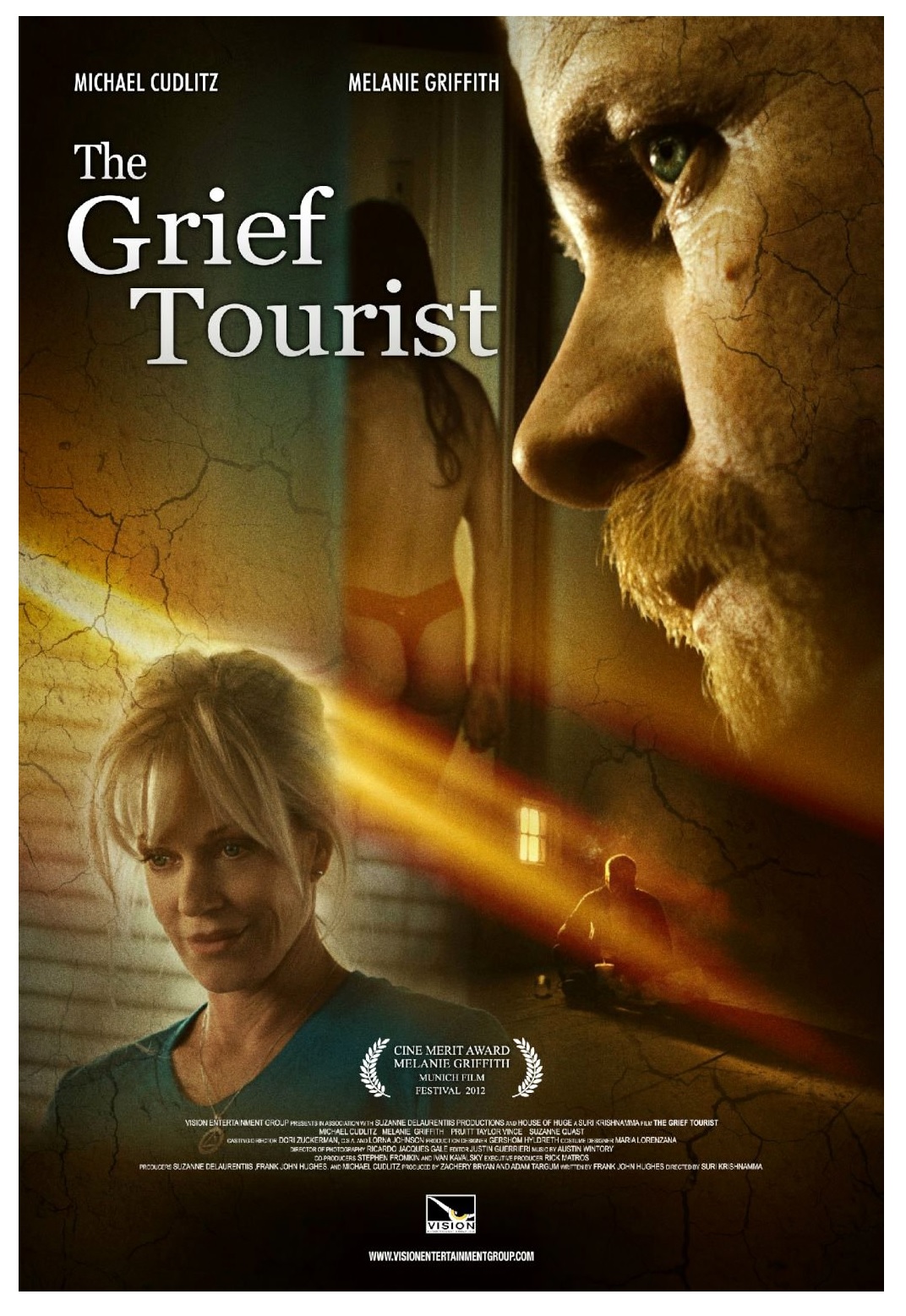
THE GRIEF TOURIST (2013)
Reviewed by Dr. Karen Oughton (Twitter @DrKarenOughton) THE GRIEF TOURIST tells the story of anyone who ever watched a true-crime documentary and wanted to know more. It is the story of Jim (Michel Cudlitz) who, to paraphrase Morrissey, doesn’t get always along with himself and isn’t that keen on anyone else. Jim is a grief tourist who has found a way to try and understand and indeed get past his personal barriers by connecting to others via the extraordinary and terrible lives of serial killers and mass murderers. THE GRIEF TOURIST shows us how Jim handles the promise of hope, desolation and his own memories through a film that is incredibly disquieting if you have ever Googled those deathly photographs.Cudlitz puts in an often amazing performance. A hulking figure and some fantastic shifts in body language – alongside some superb lighting – mean that you can believe his character would brutalize a woman as soon as look at her. At the same time you desperately want to see the tender, if damaged, soul evidently blockaded within when he’s talking to others. He is equally good when reacting against himself, his spoken words mixing and clashing against his internal dialogue, at once a good ol’ boy and a bad-tempered bastard too worn for his comparatively young age. This latter is really well emphasized by director Suri Krishnamma and cinematographer Ricardo Jacques Gale. They subtly manipulate the scenes with a mixture of medium close ups and Dutch angles that focus on the film’s relationships of vulnerability and taking control, switching them back and forth, leading the viewer through the maze of Jim’s mixed-up head.
Weaving in and out of the story are characters at once believable and at the same time reminiscent of the hero and whore tabloid stock types created by those same grief tourist documentaries. Melanie Griffiths’ Betsy, Jim’s sometime love interest, manages to shift between innocent ray of hope and woman willing to fit a pattern in return for a little bit of comfort. Her hands are particularly emotive and constantly let slip the more intimate details of her character’s background. She sometimes appears almost skeletal, but not brittle, and is thus an emblem of lives that just keep carrying on in less than perfect situations. It is a performance oddly mirrored by a prostitute who manages one of the main tricks of the film by showing how people can find comfort within the safety of an established taboo.
Furthermore, yet perhaps discordantly, Pruitt Taylor Vince is Carl, Jim’s occasional travelling companion. He has an emotional resonance that’s resigned to the lack of ever recovering and at the same time a strained pitch of almost squealing hysteria at the thought of such emotional violence. He stays on the right side of acceptable rather than cartoonesque by a whisker.
In terms of tone, the film shifts between Jim’s private moments of calm, his sometimes soothing encounters with those who do care and places where friends are vile to each other and enemies feign cordiality because they can’t be bothered to do anything else. From here, we move into melodramatic sequences heavy on stylized camera tropes that will be familiar to anyone who has watched the more lurid murder documentaries. As a result, the tone oscillates from the paired-down feel of A HORRIBLE WAY TO DIE to the dirty neon lights of the MANIAC remake. The result is visually jarring, but because the film does not ultimately go for the cheap shot, it gets away with it. Technically, the modus operandi discussed do not tie that well with established serial killer traits, but in terms of emotional impact Frank John Hughes’ script manages authenticity, or what we may believe passes for it.
THE GRIEF TOURIST is a film for anyone who didn’t know that Charles Manson’s mother was an abusive alcoholic, that the young Jeffrey Dahmer was abandoned by his parents, that John Wayne Gacy was emotionally abused by his father or that all sought solace through murder. It is the story of a man trying to build himself a life where people don’t connect for distrust of being hurt, or just don’t care anymore. Each of these nuances, coupled with insistent performances, make THE GRIEFT TOURIST a film that questions what it is to find understanding in someone else’s suffering. The answers it gives about self and the need to survive are haunting.
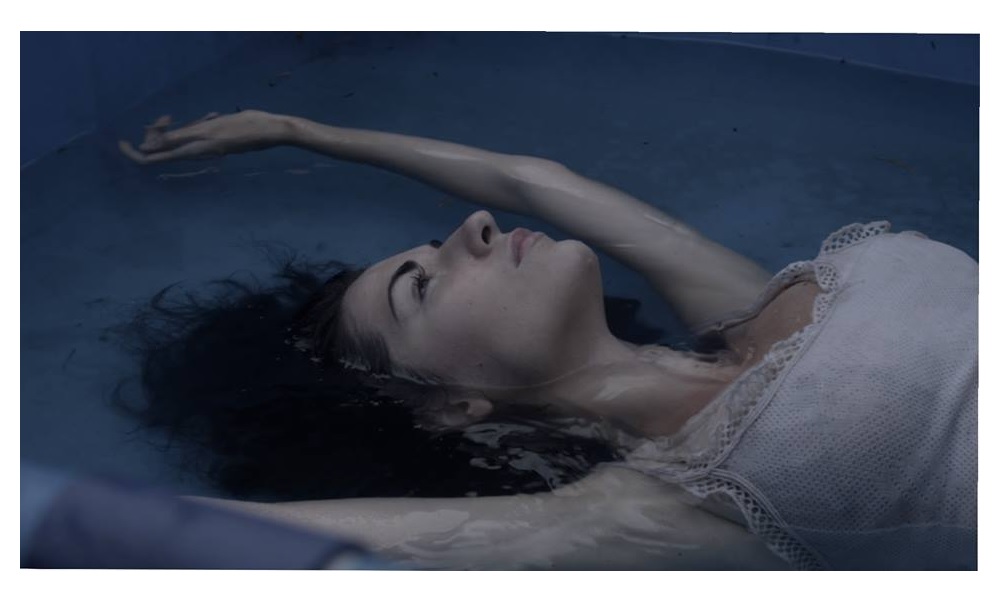
THE DESERT (2013)
Reviewed by Dr Karen Oughton (Twitter @DrKarenOughton)THE DESERT is a zombie film. Sort of. Taking place after an a civilization-ending scenario, it follows the lives of three of the final survivors, Ana, Jonathan and Axel as they try and find a way to live while trapped in a house as occasional zombies and a few other survivors roam the wastelands outside. One day, the boys bring back a young zombie who shows the cracks in their own precarious relationship and their world begins to fall apart.
The zombie who is taken into their home is named by Ana as Pythagoras and he becomes symbolic of the strains in their relationships with each other and the outside world. Played by Lucas Lagre, he is young, has soulful eyes and looks a lot like Daniel Radcliffe. This helps underline the notionally magical idea of a new beginning for them, for the famous Pythagoras is said to have been a mystic as well as a mathematician. The theory of Pythagoras is essentially one of three-way relationships in geometry and states that the area of the supposed square on the long side (hypotenuse) of a right-angled triangle is the same as the area of other two squares on the other sides combined. THE DESERT suggests that the three survivors each form one of these squares depending on impact of their different contributions to the narrative and that this is what holds them together. Therefore, adding the additional being to the threesome makes the triangle unfunctional as a pre-existing shape and it must then change to form a different pattern with different consequences.
Ana (Victoria Almeida), Jonathan (William Prociuk) and Axel (Lautaro Delgado) are absolutely superb in a suitably naturalistic display of acting. Ana attempts to reconstruct her world by writing her fading memory of names and record the once-living on a wall, Jonathan jokes his way through the desolation around them and Axel covers his body with tattoos of the flies that constantly buzz around them. They are all waiting to die while also refusing to do so. Their communication with, and visits to, the outside world remains tenuous and is often accompanied by weaponry that highlights their physical vulnerability. They record their feelings on a series of video cassettes, records of themselves to enable them to remember and imagine anew. As the action progresses, they also use them to communicate when they cannot look each other in the eye.
Unsurprisingly, director, writer and producer Christoph Behl’s previous credits are on documentaries, including the award-winning short, PUBLIC/PRIVATE. His contributions as well as the set design and costuming are perfect. We see here full nudes who are real people and not physically perfect, pock-marked with the scars of long-gone adolescence and wearing clothes that are ripped along seams rather than artfully distressed. They carry out day-to-day chores wearing rubber gloves in the vain hope that protecting their hands matters while existing in the maze of sheets that protect them from the waiting flies while they are in bed. Periodically, they venture outside after heaving away the grill that covers the exit, a terribly parody of our current concerns of social safety. Their water is rationed and, naturally, used as a bargaining tool – there is a beautiful scene in which Ana greets rainfall with disbelief and joy, her head turned to the camera in a Dutch angle that shows her slightly imperfect smile, natural beauty and utter relief. This is what the end of the world could well look like.
THE DESERT is a superb tale of shifting relationships in a post-apocalypse world. It is both extremely mournful and nihilistic and yet offers a sense of utter relief in the way its characters accept what is around them. It paves the way for the zombie films of the future. Romero told us we’re zombies, THE DESERT shows us what that could actually mean.
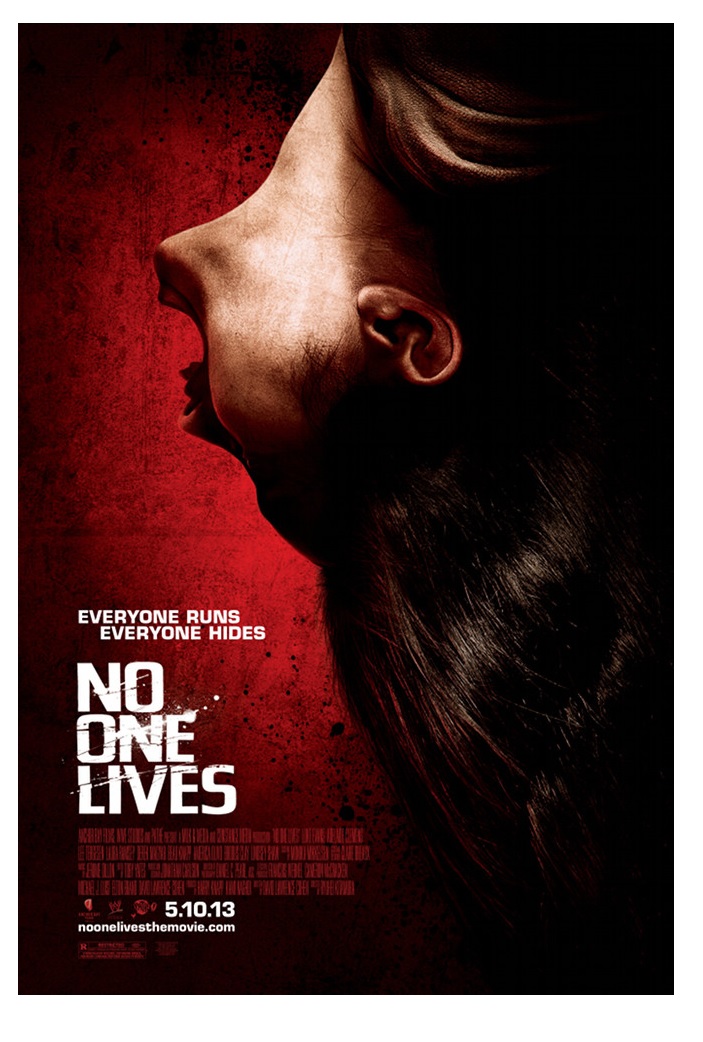
NO ONE LIVES (2013)
Reviewed by Dr Karen Oughton (Twitter @DrKarenOughton)A couple is in the bedroom of a dingy motel. She is soft, uneasy and curvaceous, with long, tawny-blonde hair, while he is chiseled and sharp, with dark hair and darker eyes. Pretty soon, as the title NO ONE LIVES suggests, she and the other characters in director Ryuhei Kitamura’s film will be dead. What starts out as a seeming exploitation flick (in which rednecks kidnap a wealthy couple) becomes an uneven ride between sickly-comic superhero violence, sub-par plotting and occasionally delicious tastes of BDSM.
The promise of NO ONE LIVES rests in the direction of Kitamura, the vision behind the gothic, bloody and unashamedly auteuristic MIDNIGHT MEAT TRAIN. Fans of splatter will be sated with NO ONE LIVES, which achieves some squint-inducing moments owing well-chosen cut-aways, atmospheric cinematography and noise that burrows into the brain. Mention must go to Shawn Kennelly for some highly effective Foley work and to Daniel Pearl for some almost romantically-moody cinematography in this regard. What is impressive is that the violence often has a comic undertone suggestive of the central character’s sense of humor and, more importantly, his power.
Unfortunately, there are many aspects of the film that undermine this, not least the sense that it is more like a series of separate tableaux that doesn't know whether it wants to show us HATCHET-style capers, Frank Millar-esque smirking super villains or almost Pinky-type corrupted saints. Uneven tone trowels through the slickness of the action, disrupting tense sections and impressively-arty cinematography with awkward exploitation that serves no obvious narrative purpose.
The real shame is the acting. While Luke Evans (THE RAVEN) makes a charismatic lead as the Driver and America Olivo (MANIAC, FRIDAY THE 13th) achieves some moments of gradually dissipating surliness, the rest of the cast go through the motions. The script from first-time writer David Cohen contains portentous twee such as “I think he was trying to create me”, which catches on the cusp of identity and our unstable intellectual relationship with violence, but only works in scenes where the players are up to scratch. Otherwise, the words simply descend into bad B-movie farce. Adelaide Clemens is maddening in this respect as she is visually compelling as a masochistic victim, but sadly this is often until she opens her mouth in pointless verbal pouting. Sticking to the Stockholm syndrome subplot or eschewing it altogether would have evened out the tone, but as it is its complexity gets drowned out in the noise of what one suspects those behind the scenes think supposedly dumb gore-geek audiences want to see.
All in all, NO ONE LIVES is entertaining. Watch it thematically and you will be rewarded with twisted tenderness amidst the gloom. The final sequence is also to be commended for juxtaposing so many conflicting cultural expectations. Next time, however, we must hope for something that sticks a little more closely to the undertones it teases but never fully dares to reveal, squandering it instead in cheap thrills.
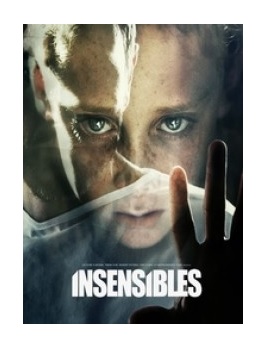
PAINLESS (2013)
Reviewed by Dr Karen Oughton (Twitter @DrKarenOughton)PAINLESS is the fable of what it takes to be accepted. Set in Spain, it is the intermingling of two narratives, one set in current times, one set in the past. The past is the opener. We see the startling sight of a young girl playing with fire with a new friend and are shortly informed that she and other children like her are possessed of the ‘freakish’ gift of an inability to feel physical pain. Naturally, this means they are immediately incarcerated for their own supposed safety. Intercut with this we witness the present day story in which an illustrious young doctor discovers he has a terminal illness and will only be a father to his infant son if he can get a relative’s bone marrow transfusion. The story seeks to resolve the action and emotional resonances of both plots by stitching them together.
PAINLESS is a very beautiful but rather unbalanced film. This is partly because the tones of the different stories and the characters as represented. The child actors are absolutely superb. They appear almost feral and yet cherubic at the same time as initial scenes reminiscent of SCHINDLER’S LIST immediately earn sympathy for them as well as for the adults who choose to (or must) care for them. In contrast, less can be said of Alex Brendemuhl as David. While it can be argued that his character is not meant to be sympathetic, he often appears hard and two dimensional, with his supposed grief shown through arty sections of camera work that languish long enough to become dull. It is difficult not to lose patience such drawn out sections of the plot and wish to focus back on the children.
Indeed, the children’s sections are the best of the narrative, particularly during the hospital scenes, which are superbly directed by Juan Carlos Medina. It is not so much a particular part of the production that has the effect as much the actors’ display of restrained economy – they do not emote because their characters simply do what they need to do, and that is what is so profoundly upsetting about this film. It feels real and harrowing. Their painlessness becomes vulnerability as they are considered somehow sub-human (or indeed super human) and are forced to face the efficiency of investigative science. Simple orchestration ensures you resolve into shock, although some of the portrait shots are piercingly beautiful. Indeed, it is interesting to note that such a shot is at the point in the film where Mot Harris Dunlop Stothart as Benigno actually begins to forcibly act, for he is clearly not crying, but simply making faces. Because of his previous display, it appears as though he is acting his characters’ pretended depth of emotion as a way of ritually understanding what is happening to him. What we are left with is the truism that nothing is as deep as the pure wrath of a damaged child.
It is, sadly, after this tour de force that the film begins to become unstuck. Previously, fantastical portrayals of the children’s ability to withstand pain were played with a dreamy quality in which repercussions formed attention-grabbing visuals. In the second half of the film, the music swells and mists swirl the landscape, making it look a little too HARRY POTTER-esque to be taken seriously. Indeed, while you may hope it’ll lead to a suitably emotive and fearsome vengeance, the shift in approach signals the film’s departure down more generic and violent routes. It shows too much and interesting aspects such as the makeup design are subsumed into looking more akin to vainglorious body art than markers of brutality. This was a particular peeve as the initial restraint in the focus on appearance eventually means that the strength of the story gives way to waiting for cheap jump scares. You might even find yourself wishing the present-day story to make a comeback.
However, PAINLESS’ most serious sin is the plot holes that litter its narrative. Fantasy is fabulous if done PAN’S-LABYRINTH style and makes its entrance point to the main story clear. PAINLESS instead has an odd mishmash of ancient runes, biology and bad blood that muddles around with the facts of survival. The unforgivable comes when the enemy are shown one second as emotionless machines, the next as sentimental and sloppy in their work. It means that while the film does carry emotional power, it collapses under the weight of the different tones it tries to build towards.
PAINLESS has some superb sections with child actors at their best and has an evocative examination of what humanizes the heart. Unfortunately, it does not focus enough on this and becomes too interested in dealing a didactic ‘sins of the fathers’ tract that jars with its more timeless magic.
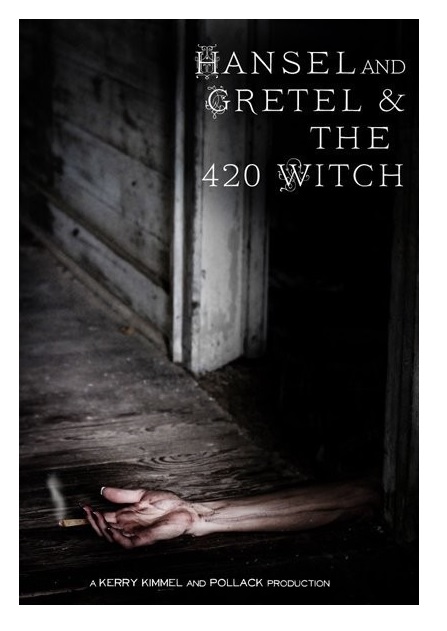
HANSEL & GRETEL & THE 420 WITCH (2013)
(aka HANSEL & GRETEL GET BAKED)Reviewed by Dr Karen Oughton (Twitter @DrKarenOughton)
HANSEL & GRETEL & THE 420 WITCH is a clever retelling of what would happen if the action of the original story recorded by the Brothers Grimm was instead transplanted to modern day Pasadena. Little kids would never be allowed to venture alone into the woods in case some killer was lurking, so the story naturally passes to teenagers. On balance, this is perhaps slightly more suitable for the smoking, munchies and mayhem that follow. Buds, focus, because this is one ‘sick’ stoner fairy story...
Our tale begins with a young couple, Gretel and Ashton, getting happily stoned in Gretel’s bedroom. The scene mingles their young love, (well, bonding over bongs, you might say) with some fun visuals of the effect the drug gives them. They’re all big-beams and far-away eyes and both Molly C. Quinn (WE’RE THE MILLERS) and Andrew James Allen (THE LOVELY BONES) respectively instantly make their characters likeable rather than over-the-top and irritating. At this point, Gretel’s brother Hansel (what do you mean you guessed?) gets home, and unlike his stoned sister is obviously the more sensible of the two and suggests munchies are made. With the smoke having run out, Ashton is duly dispatched to get more from the dealer, an older woman growing the mysteriously strong drugs in an apparent effort to get down with the kids. Invited into her home, Ash’s sweetness gets the better of him and he stays for tea. Having said that, what the woman has in mind is not quite what he anticipated – a blood bath or yet, better still, lunch.
The big benefit of this film is the cast. Lara Flynn Boyle is fabulous as Agnes the witch. She puts in an extremely sexy performance here, which is important less as eye-candy, but as a way to ensure that the action is never hard to believe. Frankly, she is often foxier than her younger co-stars. She also has a steeliness that means you believe her in the tougher action sequences and it is largely she who keeps the action going via her different visages (for the kids and local law enforcement) when the pacing of the plot starts to slacken. Indeed, while the first half of the narrative is a sweet toker comedy-horror, the second half devolves into far more standard fare as it uses the fairytale back story as rather sloppy license to tick genre boxes. The gore (by Vincent Guastini and team) is great, but it sometimes feels a little out of place.
The lead younger performers give the witch as good as they get. Michael Welch (TWILIGHT) is particularly good as Hansel. He manages to be both warm and level-headed and conveys a sense of actually caring for Gretel, which is impressive considering the character as written could easily have been a simple preppy persona. This proves useful as his emotional range (and good set of lungs) actually help to move the consequences of the story along, helped as he is by some well-pointed camera work. He is matched by Quinn’s Gretel. While it is sometimes hard to accept her sudden resilience (partly due to the occasionally over the top direction), she is very well cast. She has the waif-like looks of a Grimm heroine combined with the sexuality that often bubbles under the old tales, but she never comes across as slutty. As a result she keeps the innocence vs. experience theme of the narrative in tact. Newcomer Bianca Saad also puts in a gutsy performance, but occasionally her scripted skits are a little too predictable to allow her character to be truly believable. Last but not least, Cary Elwes (SAW, THE PRINCESS BRIDE) is hammy but fun in his fleeting role at the film’s start.
Final mention must go to the art department for creating the magical, modern world of the story. Everything from Gretel’s bedroom to the witch’s house has enough internal logic to be fairytale-esque and believable at the same time and the design of the dope den and its effects is a masterstroke.
Though an uneven cautionary tale, HANSEL & GRETEL & THE 420 WITCH manages to be entertaining thanks to its cast and an interesting reworking of the original story. While the pacing sucks its power at points, Lara Flynn Boyle adds her own malevolent magic. It’s an intriguing trip. Dayhm, bitch!
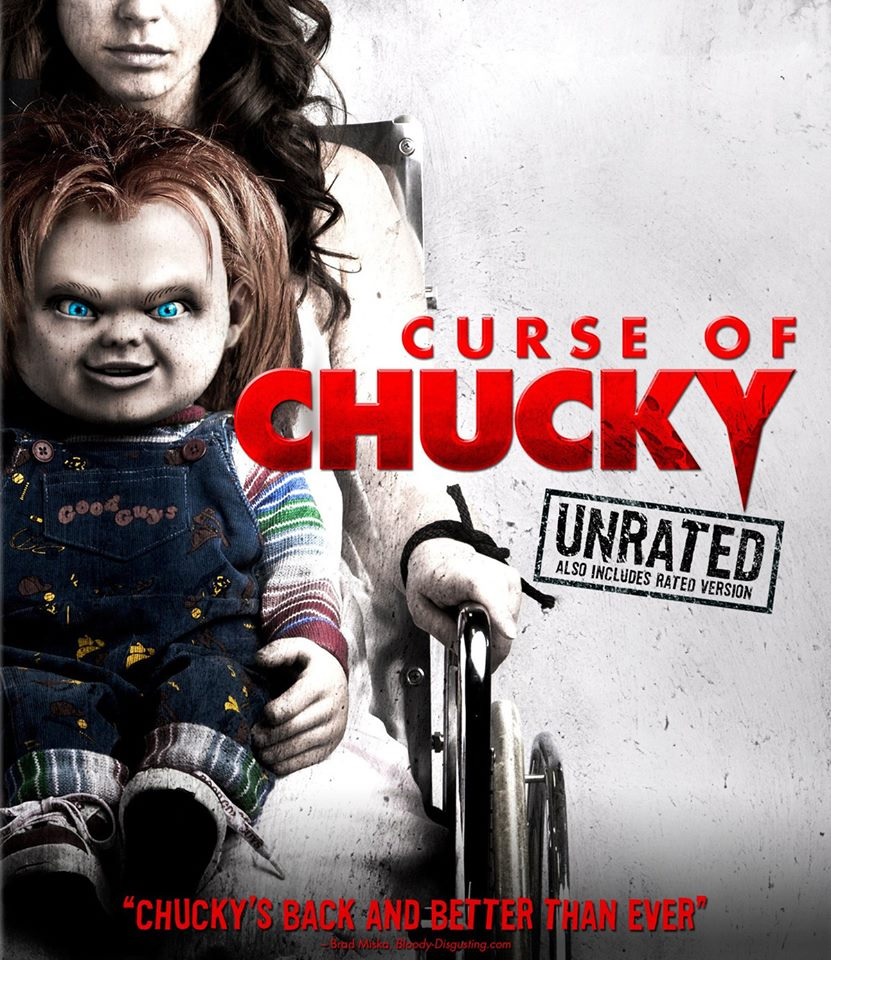
CURSE OF CHUCKY (2013)
Reviewed by Dr Karen Oughton (Twitter @DrKarenOughton)The doll is different. The eyes look deeper set and the hair is straightened plastic tat, but Chucky (still voiced by brilliant Brad Dourif) slayed the audience at FrightFest’s world premiere of the unedited director’s cut.
CURSE OF CHUCKY picks up after the other films have finished. We are introduced to Nica (Dourif’s real life daughter, Fiona), a pretty girl trapped in gothic castle of a house owing to her wheelchair and overprotective mom. Out of the blue, a package containing a not-quite cute doll arrives. Queue the carnage, courtesy of the serial-killer-possessed Good Guy toy.
Much of the marketing for CURSE OF CHUCKY would have you believe this is a dark and chilling addition to the Child’s Play series. It’s not quite true and is all the better for it. The tone dives between creepy sections and jump scares that are not too shocking for those less familiar with the series, but it also has one hell of a lot of humor. This is a very, very funny film with everything from verbal jokes on psychiatry to blink-and-you miss it sight gags thrown into the mix. It’s particularly useful as director and creator Don Mancini adds a variation of the final girl theory via Nica, who tries to disregard her disability rather than be the wheelchair-bound burden her snotty sister Barb makes her out as. It adds a nice level of drama to the death scenes that help you to connect to the characters on a more personal basis.
Brad Dourif is the best thing about the film by miles. His comic delivery is absolutely superb and he gives real regret as well as malice to the doll, which is impressive considering he’s mostly made of plastic. Happily, Fiona makes a worthy foil. She’s gutsy but real with it and despite spending a significant amount of the time being what Chucky rightly calls “a whiney bitch”, she remains highly watchable. You fear for her safety as the chair device (ahem) wheely works. The other stand out is Summer C. Howell, who is very cute and natural as Nica’s niece, Alice.
The first half sets the scene and manages to keep the pace going nicely. It isn’t non-stop murder from the start (serial killers do have a ‘cooling off’ period, you know), but it makes up for a slight lack of inventiveness in the bloodshed with emotional resonance. Mancini doesn’t show us too much of Chucky early on, leaving instead snippet shots of his little sneakers running and a body that’s just out of eyeshot, just as in the original CHILD’S PLAY. Thanks to the puppeteers, Chucky’s movements are a mixture of cute and creepy as he is lithe and other-worthly despite being such a dumpy little dude. This comes in handy as the face-off does drag a little, particularly as while some of the cinematography is suitably disorientating, it emphases the beauty of the location rather than the characters and so doesn’t actually add much depth to the narrative.
CURSE OF CHUCKY is a fun addition to the series and the ending should have most people cheering with its tongue-in-cheek jokes and fair serving of splatter. It’s very much Chucky-fan fun, even if it does deviate slightly from series cannon. Let’s hope the little guy’s back again soon.
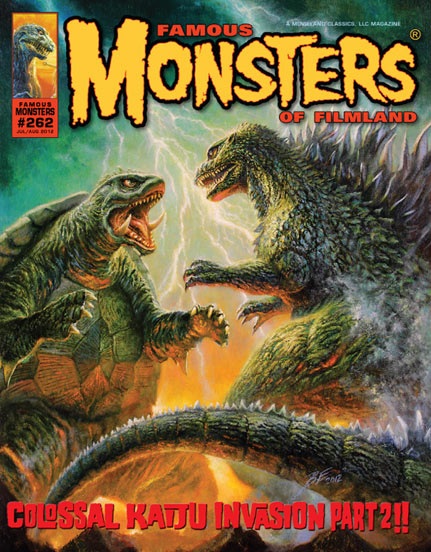

Interested in illustrated films, fringe cinema, and other oddities?
Check out Halo-8 and challenge everything!
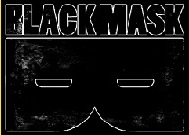
Find more AICN HORROR including an archive of previous columns on AICN HORROR’s Facebook page!
